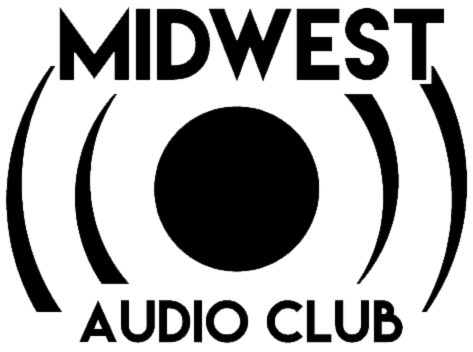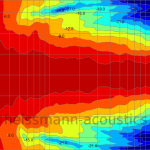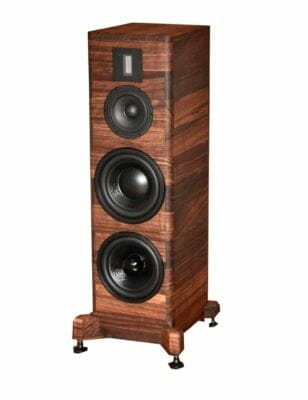GM3
Active Member
- Joined
- Nov 26, 2022
- Messages
- 138
- Likes
- 155
Bit out of date on the DIY front, has there been some innovative or performance redefining drivers in the last couple of years? Such as cheap drivers with phenomenal performance, or new drivers/kits which somehow redefine performance or value at certain price points, etc.?
More than a decade ago, http://zaphaudio.com/ released a slew of designs and driver measurements, but his latest designs seems to be around 15 years old now... 2008...!
http://www.speakerdesignworks.com/index_page_2.html also has a lot of what appears to be excellent designs. But, ex; looking at for instance the Invictus and ZRT from Zaph (both use the SS Revelator which at the time was very well regarded), both are now 11+ years old. I'm sure it still sounds excellent, but is there now better?
For stores / kits, so many choices... Ex;
https://meniscusaudio.com/product-category/speaker-kits/
https://www.madisoundspeakerstore.com/speaker-kits/
https://www.parts-express.com/speaker-components/speaker-subwoofer-kits
https://solen.ca/en/categories/speakers/products
It's just, so many DIY designs out there, how do you make heads or tail? Is there like some sort of ranking resource for available designs? Or comparisons? Ex; say you're looking for a $1-2.5k design for a small/medium room, aiming for ultimate music performance*, how/what would you choose?
* 'ultimate music performance', of course would probably vary from person to person, but imho; best accuracy/resolution, good dynamics (don't need 200dB SPL nor 10Hz bass.. But solid ~30-40Hz would be good; be it from a 2 or 3 way, MTM, extra sub(s), etc.)
Thanks!
More than a decade ago, http://zaphaudio.com/ released a slew of designs and driver measurements, but his latest designs seems to be around 15 years old now... 2008...!
http://www.speakerdesignworks.com/index_page_2.html also has a lot of what appears to be excellent designs. But, ex; looking at for instance the Invictus and ZRT from Zaph (both use the SS Revelator which at the time was very well regarded), both are now 11+ years old. I'm sure it still sounds excellent, but is there now better?
For stores / kits, so many choices... Ex;
https://meniscusaudio.com/product-category/speaker-kits/
https://www.madisoundspeakerstore.com/speaker-kits/
https://www.parts-express.com/speaker-components/speaker-subwoofer-kits
https://solen.ca/en/categories/speakers/products
It's just, so many DIY designs out there, how do you make heads or tail? Is there like some sort of ranking resource for available designs? Or comparisons? Ex; say you're looking for a $1-2.5k design for a small/medium room, aiming for ultimate music performance*, how/what would you choose?
* 'ultimate music performance', of course would probably vary from person to person, but imho; best accuracy/resolution, good dynamics (don't need 200dB SPL nor 10Hz bass.. But solid ~30-40Hz would be good; be it from a 2 or 3 way, MTM, extra sub(s), etc.)
Thanks!






